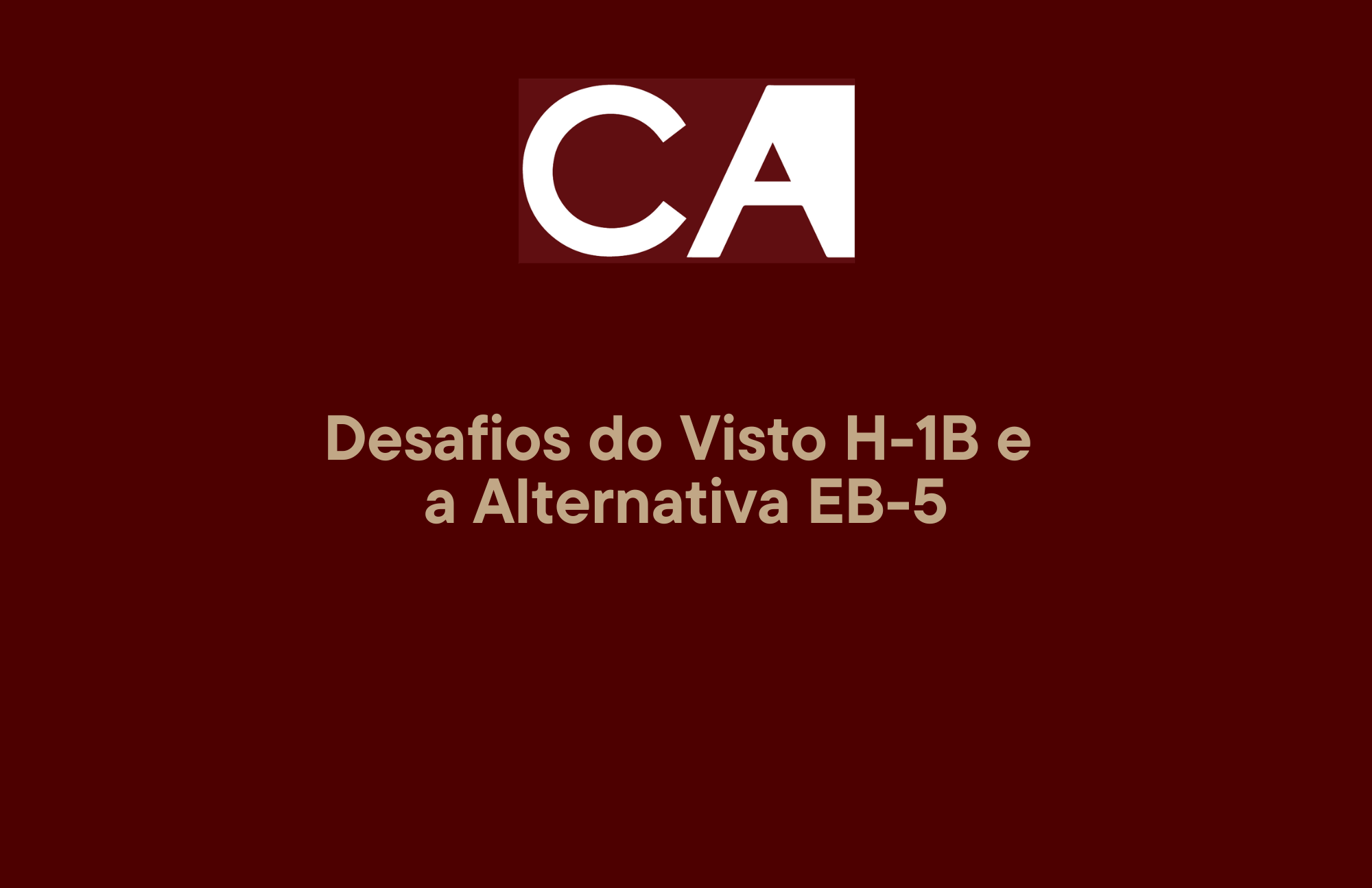The EB-5 Immigrant Investor Program offers foreign nationals a pathway to U.S. permanent residency through substantial economic investment. While this program is promising, it is also complex, requiring a nuanced understanding of various elements, particularly the lawful sourcing of funds. Traditional sources of funds like earned income and asset sales are well-understood, but emerging sources such as retirement accounts (SDIRAs), stock options (ESOs), restricted stock units (RSUs), and home equity lines of credit (HELOCs) are gaining prominence. This article explores these emerging funding sources, the principles guiding lawful funds, and the intricacies involved in the EB-5 investment process.
Traditional vs. Emerging Sources of Funds
Traditionally, EB-5 investors have relied on earned income, asset sales, and stock sales to meet the investment threshold of $800,000 plus administrative fees. However, the landscape is evolving with emerging sources of funds gaining traction:
- Self-Directed IRAs (SDIRAs): SDIRAs allow investors to use retirement funds for EB-5 investments. The key requirement is that the assets must be converted into cash, ensuring the investor has full control and unrestricted access to the funds.
- Stock Options (ESOs) and Restricted Stock Units (RSUs): These forms of stock-based compensation must be vested and liquidated to qualify as investment capital. Investors must navigate employer-imposed conditions to access these funds.
- Home Equity Lines of Credit (HELOCs): Investors can leverage home equity loans, provided they own the property and can demonstrate control and access to the loan proceeds.
Key Principles for Lawful Source of Funds
To ensure compliance with EB-5 regulations, the source of funds must adhere to three essential principles:
- Ownership and Control: The investor must have ownership and control over the funds or assets.
- Unrestricted Access: The investor should have unrestricted access to the funds, ensuring they can freely use them for the EB-5 investment.
- Fair Market Value: The assets must be valued at their fair market value in the United States.
These principles are crucial in validating various funding sources and ensuring they meet the stringent requirements set forth by the United States Citizenship and Immigration Services (USCIS).
Partial Investments and Timing
A common query among EB-5 investors is the permissibility of partial investments. While partial investments are lawful, the full amount must be committed by the time the I-526E petition is filed. Additionally, the total investment must be completed within the two-year conditional residency period. Careful planning and precise documentation are essential to minimize risks and ensure compliance with USCIS requirements.
Specific Funding Sources: SDIRA, ESOs, RSUs, and HELOCs
- Self-Directed IRAs (SDIRAs)
Investors can utilize funds from SDIRAs for EB-5 investments, provided the funds meet the criteria of ownership, control, and unrestricted access. It is crucial to convert SDIRA assets into cash, ensuring they are fully controlled by the investor before making the investment.
- Employee Stock Options (ESOs) and Restricted Stock Units (RSUs)
Stock-based compensations like ESOs and RSUs must be vested and liquidated to be considered as capital for EB-5 investments. Investors need to navigate the conditions and restrictions imposed by their employers and custodians to fully access these funds.
- Home Equity Lines of Credit (HELOCs)
HELOCs are a viable source of funds for EB-5 investments. The investor must own the asset (the home) and demonstrate control and access to the loan proceeds.
The Role of Loans in EB-5 Investments
Loans play a significant role in sourcing funds for EB-5 investments. However, there is often confusion about their permissibility. It is essential to understand that while an investor cannot lend money directly to the new commercial enterprise, they can secure loans from other sources to fund their investment. The critical distinction is that the new commercial enterprise must not owe the investor.
The Sustainment Period
The sustainment period refers to the duration for which the funds must remain invested in the new commercial enterprise. According to the Reform and Integrity Act (RIA), the investment must stay invested for at least two years. USCIS guidance further complicates this by stating that the full investment must be made before the two-year period begins. This guidance is subject to review and may change, so investors must stay informed and seek expert advice.
Conclusion
The EB-5 investment process is intricate and requires thorough due diligence, meticulous planning, and professional guidance. By understanding the principles of lawful source of funds and navigating the complexities of emerging funding sources, investors can successfully meet the EB-5 requirements and achieve their goal of U.S. permanent residency.
The EB-5 program is vital for fostering economic growth and job creation in the United States. Despite its complexities, with the right support and understanding, investors can turn the intricate EB-5 journey into a pathway to a prosperous future in the United States. By leveraging traditional and emerging sources of funds and adhering to regulatory guidelines, foreign investors can make significant contributions to the U.S. economy while securing a bright future for themselves and their families.
Watch the full conversation below.


